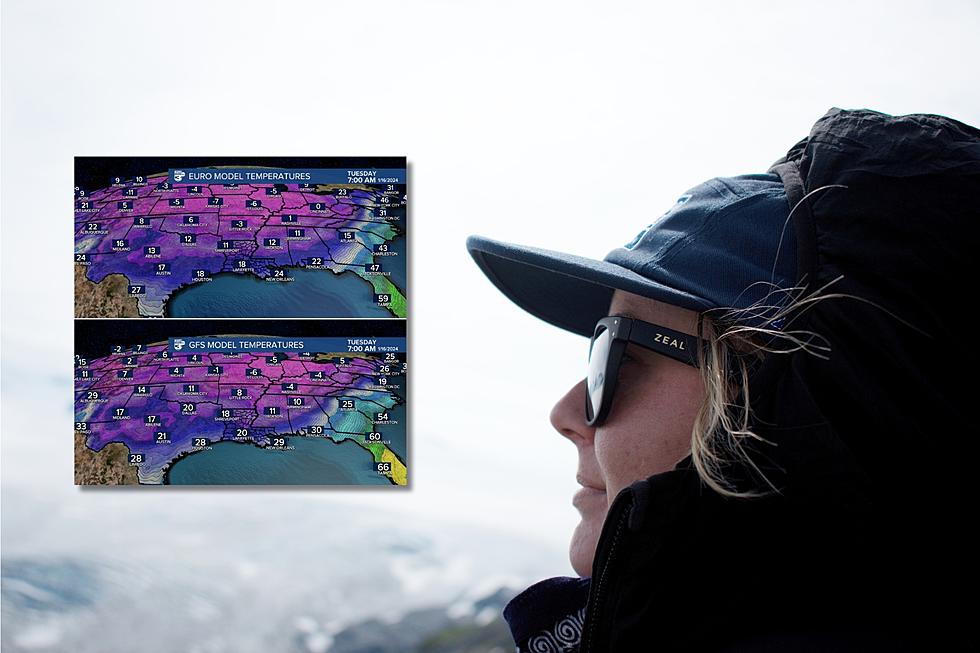
11 Degrees? Louisiana, Acadiana Braces for Low Temperatures Even Colder than Expected
The usually warm and inviting state of Louisiana is preparing for an unexpected icy twist in the coming week. KATC Chief Meteorologist Rob Perillo has turned heads with his recent Facebook post, alerting residents of Louisiana and Acadiana to brace for chillingly low temperatures, with forecasts predicting numbers dropping to the teens and twenties across the region.
The cold wave, more intense than earlier anticipated, is set to bring temperatures just above 10 degrees in Shreveport, while Lafayette could experience a low around 18 degrees. New Orleans, not typically known for its frosty weather, is expected to see temperatures hover around 24 degrees.
Perillo's Facebook post, encapsulating the essence of the cold front with a simple "YIKES & BRRR!", indicates that both GFS and EURO models are in agreement about this cold shot. However, he also notes the unpredictability of long-term forecasts, hinting at the possibility of changes as the week progresses.
The announcement turned out a mixture of reactions from locals on social media. Cody Broussard expressed a playful desire for snow, while Paula Richardson Scott humorously dreaded her upcoming school car duty in the bitter cold. Mark Domingue reflected on the contrast with the past summer's heat, while Brandon Leger pointed out the implications for crawfish season, noting, "Them decent size crawfish ain’t coming til march!"
Many commenting on Perillo's post humorously demanded snow as a prerequisite for accepting the frigid forecast. Andy Webster chimed in with a light-hearted comment about potential school closures due to the cold.
As Louisiana residents prepare for this unusual cold snap, we should be prepared to face a week that promises to be colder than usual for the Gulf Coast state. We hope you have a plan to stay warm!
LOOK: The most expensive weather and climate disasters in recent decades
Gallery Credit: KATELYN LEBOFF
